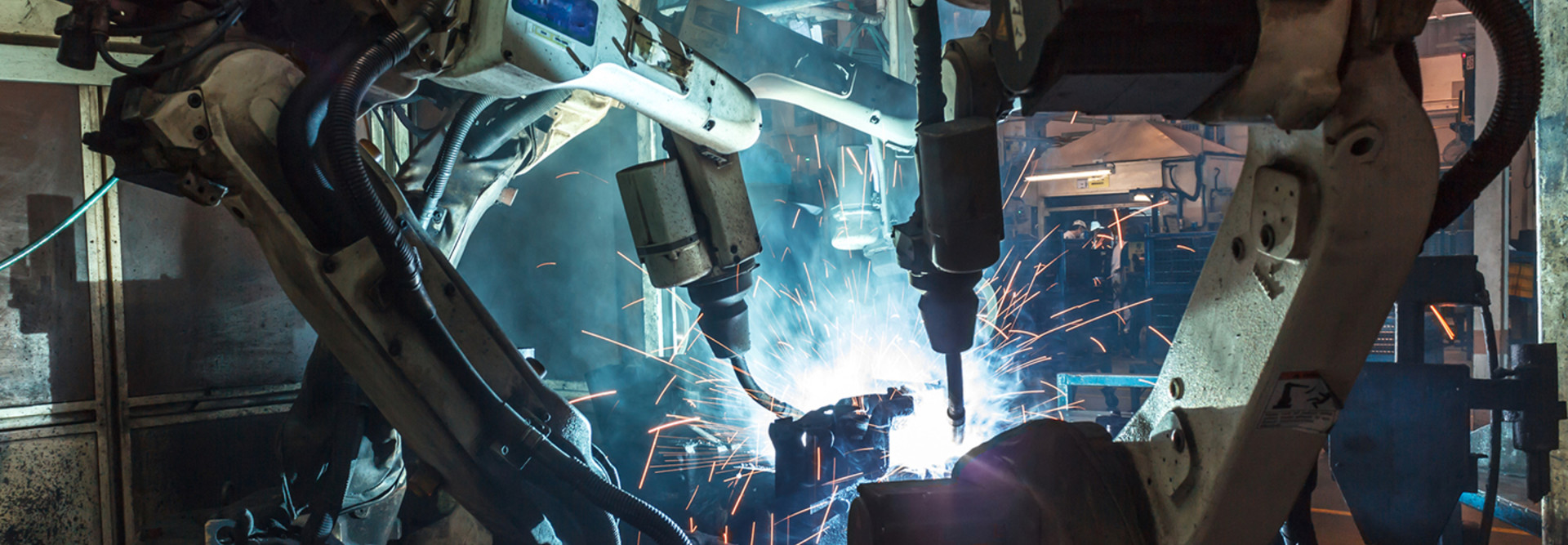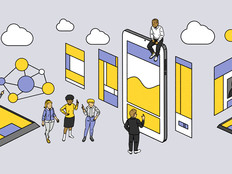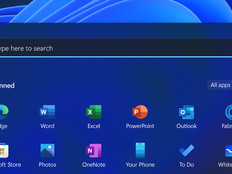Campus Technology 2017: The Future of Robots Might Surprise You
In his book The Age of Em: Work, Love, and Life when Robots Rule the Earth, Robin Hanson considers a future in which human-level artificial intelligence has been achieved, leading to the creation of brain emulations — “ems” — that transform society as we know it.
Hanson, an associate professor of economics at George Mason University and a research associate with the University of Oxford’s Future of Humanity Institute, discussed this future at the closing keynote address on Thursday at the Campus Technology conference in Chicago.
Hanson took an interdisciplinary approach to his study, drawing from a variety of academic disciplines. Although he estimates such a future might be a century away, he believes it is possible to work with a starting set of technology assumptions and make a reasonable guess about potential consequences. That strategy forms the basis of his book and provided a starting point for his address.
Robin Hanson talks about how robots will shape our future. Photo by Amy Burroughs
Robotics Will Change the Way We Work
One of the most influential factors in this new world is that ems can be copied. Hanson predicts that ems will be modeled on a few hundred of the world’s “most able people” — those possessing the qualities that have been deemed desirable, such as high productivity, extraversion and low levels of neuroticism.
“The population of ems expands very quickly, as fast as they can crank them out of factories,” Hanson said.
With ems performing the majority of work, and able to be copied without limitation, the economy will grow extremely quickly, Hanson said. Ems will earn subsistence-level wages, while humans will be able to retire. But unlike today’s economy, where one’s ability to work is an asset, future humans will need to find other ways to make themselves valuable.
Since ems are based on the most elite human characteristics, they will have an ambivalent relationship with humans. According to Hanson, “Emulations may look on humans with nostalgia, but not so much with respect, which is how you think about your ancestors.”
Hanson imagines that ems will be concentrated in “big, dense robot cities” where they can easily work together (although, with the ability to work virtually and remotely, they won’t necessarily require physical proximity). “Ems are working most of the time,” he said. And with the ability to split off copies of themselves, ems also gain productivity advantages, perhaps copying entire teams of ems.
Much to Like (and Dislike) About Hypothetical Robots
After sketching out his vision, Hanson said he realized that audience members were eager to evaluate it. “I have seen it over and over again: The first thing anybody wants to do about a future scenario is decide if you like it or hate it, if it’s good or evil.”
Hanson said his own aim in writing the book wasn’t to focus on what the future “should” look like, but instead what the most likely scenario would be without any intervention. To that end, he drew from a variety of research, historical evidence and theory to make predictions about the pros and cons of this new world.
Potential advantages? Ems don’t experience pain, hunger or disease. They live in intricate cities with a vast population that grows quickly. They have the means to create great art, and the world is more stable.
Less desirable outcomes include the fact that ems work a great deal for little pay. Wealth inequalities are greater, and large, bureaucratic firms hold a lot of control. There is less emphasis on nature, less democracy and more religious influence.
Now Is the Time to Set the Course of Tech
W. Gardner Campbell, an associate professor of English at Virginia Commonwealth University, delivered a response to Hanson’s address, noting that the book is both a thought experiment and an exercise in world building.
“World building can be horrifying or whimsical, and at times Dr. Hanson’s book is both,” Campbell said. “If this is not a world we feel we should build, then now is the time to make decisions.”
Catch more updates from Campus Technology 2017 on EdTech's official event page.









